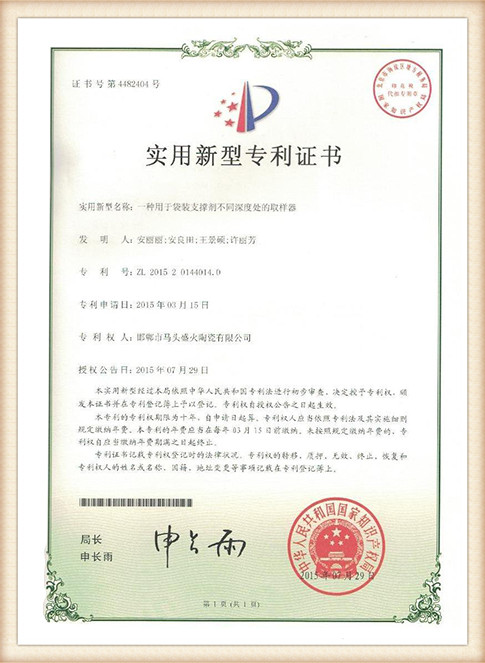Achieving Smooth 3D Prints Without Sanding Tips and Techniques
In the world of 3D printing, achieving a smooth finish on printed objects is often a challenging task. Traditionally, post-processing methods like sanding and polishing have been the go-to solutions for improving surface quality. However, they can be time-consuming and require considerable effort. Fortunately, advancements in 3D printing technology and materials have led to innovative techniques that allow enthusiasts and professionals alike to create smooth 3D prints without the need for tedious sanding. This article will explore several methods to enhance the surface finish of your 3D prints and reduce or eliminate the need for sanding altogether.
1. Choosing the Right Filament
The choice of filament plays a crucial role in the final appearance of your 3D prints. Different materials have distinct properties that affect their surface finish. For instance, filaments like PLA and PETG are known for their relatively smooth surfaces compared to ABS, which tends to require more post-processing. Moreover, selecting high-quality filaments can significantly impact print quality. Many manufacturers produce specialty filaments designed to yield smoother prints with minimal effort. Look for filaments labeled as easy to print or smooth finish to achieve better results from the start.
2. Optimizing Print Settings
The right print settings are essential for achieving a smooth finish. Here are some key parameters to consider
- Layer Height Using a smaller layer height can significantly enhance the smoothness of your print. While it may take longer to print, smaller layers reduce the visible lines between each layer, resulting in a finer surface finish.
- Print Speed Slower print speeds allow the filament to extrude more evenly, reducing inconsistencies and improving overall surface quality. Experiment with different speed settings to find the sweet spot that balances quality and print time.
- Temperature Settings Adjusting the nozzle and bed temperatures can also contribute to a smoother finish. Higher temperatures increase material flow, which can help to fill in gaps and create a more even surface.
- Retraction Settings Properly calibrated retraction settings prevent stringing and oozing, leading to cleaner prints without extra material that needs to be sanded away later
.smooth 3d prints without sanding

3. Using a High-Quality 3D Printer
Investing in a high-quality 3D printer can make a significant difference in the smoothness of your prints. Printers with rigid frames, advanced motion systems, and precise components produce more accurate prints with minimal defects. Look for printers that feature features like direct drive extruders and all-metal hotends for improved filament handling. Additionally, some printers come with enhanced cooling solutions, which can help solidify the filament more effectively, leading to a cleaner finish.
4. Incorporating Advanced Techniques
There are several advanced techniques you can incorporate into your 3D printing process to achieve better surface finishes
- Blending or Vapor Smoothing Certain materials, like ABS, can be smoothed using vapor treatments. Applying acetone vapor can effectively melt the surface layer, creating a smooth finish. This method requires careful handling and proper ventilation due to the fumes involved.
- Using a Printer with a Heated Chamber Printers equipped with heated chambers can maintain a consistent temperature throughout the printing process, minimizing warping and layer separation, which often leads to surface imperfections.
- Applying Coatings After printing, you can apply surface coatings like resin or specialized paints designed for 3D-printed surfaces. These coatings can fill in gaps and create a smooth, uniform appearance without the need for sanding.
5. Post-Processing Alternatives
If you prefer to avoid sanding but still want a flawless finish, consider using techniques like epoxy resin coating or caulking to smooth out imperfections. These options can provide a durable, glossy surface while eliminating the need for manual sanding.
In conclusion, achieving smooth 3D prints without sanding is possible through a combination of thoughtful material selection, optimized print settings, advanced techniques, and high-quality equipment. By carefully addressing each aspect of the printing process, you can produce stunning, smooth prints that require minimal post-processing, making your 3D printing experience more enjoyable and efficient. With these tips, you’ll be well on your way to mastering the art of smooth 3D prints.
Post time:Νοέ . 24, 2024 10:19
Next:golden sands development
